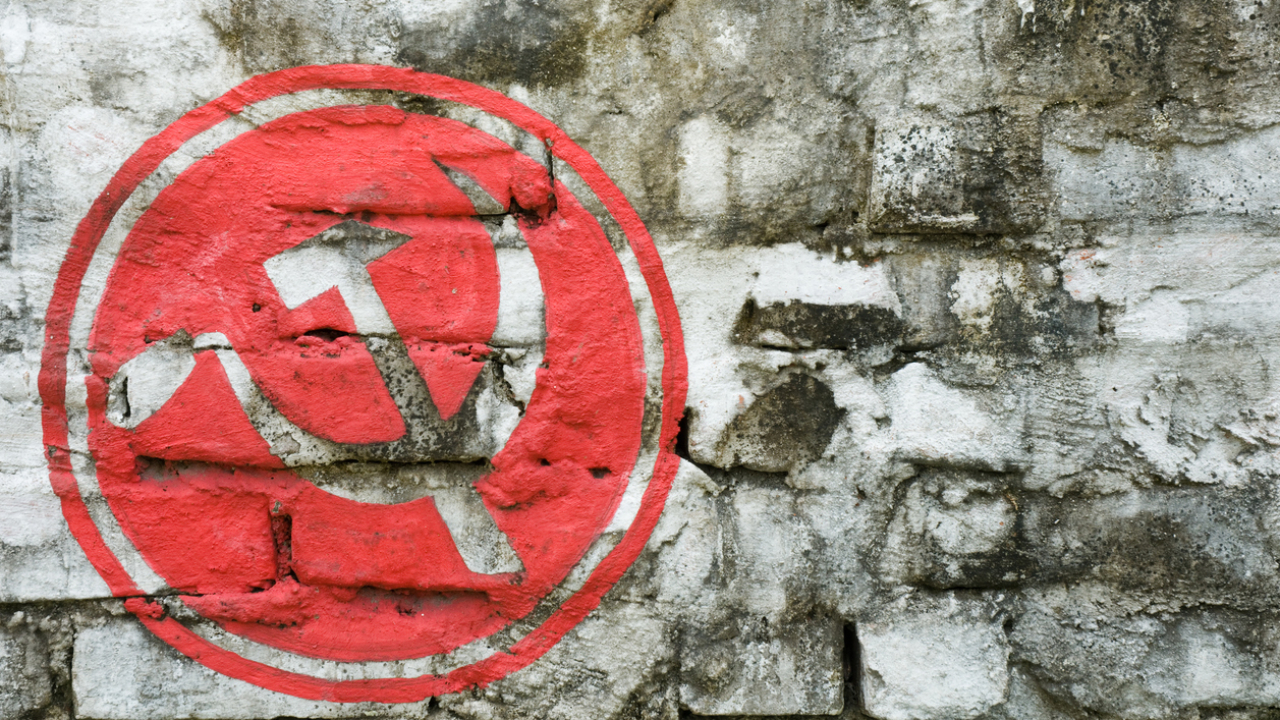Those in the know of how CPI(M) functions, pointed to two aberrations to suggest that it had not originated from the party leadership.
Published Sep 17, 2025 | 3:19 PM ⚊ Updated Sep 17, 2025 | 3:19 PM

CPI(M) party symbol. Credit: iStock
Synopsis: A “fake” press release, allegedly from CPI (Maoist), circulated on social media, claiming the group is ready to lay down arms and seek peace talks with the government. Despite its detailed call for dialogue to address marginalised communities’ issues, experts doubt its authenticity due to uncharacteristic elements like a slayed leader Kishenji’s picture and an unconditional offer to disarm.
A “fake” press release, purportedly issued by CPI (Maoist), has been doing rounds in social media that it had decided to lay down arms and therefore the government should invite them for talks.
Leading newspapers, on Wednesday morning, published front-page news that the Maoists had decided to lay down arms, attributing their stories to the “fake” letter.
The press release with a picture of slain Maoist leader Kishenji, purportedly issued by spokesperson Abhay, said that “changed domestic and global circumstances” and repeated calls for dialogue from different quarters had prompted the leadership to take the decision (to lay down arms).
The press release said that the Maoists would take part in discussions aimed at resolving the deep-rooted problems faced by India’s marginalised, including Dalits, Adivasis, women, minorities, and the working class.
The leadership expressed readiness for the formation of a representative committee — comprising mediators, legal experts, and peace activists — to initiate dialogue with government representatives, the press release said.
Reiterating its ideological line, the letter said that the CPI (Maoist) remains committed to the upliftment of India’s marginalised communities and to challenging exploitation in all its forms. However, it stressed that peace talks could create a framework where issues of inequality, displacement, and exploitation are addressed without bloodshed.
However, those who are in the know of how the Maoist party functions, pointed to two aberrations to suggest that it had not originated from the party leadership.
One: No Maoist statement, at any point in history, ever carried the picture of a martyred leader in its letterhead. In the present case, the letterhead had a picture of its former head Kishenji, who was killed in an encounter recently.
Second: While it is plausible that an offer of laying down arms could be a point of discussion during talks with the government, they would not make an outright unconditional offer of quitting armed struggle to seek a dialogue with the government.
When contacted, Professor Haragopal, well-known human rights activist, also pointed out that Maoists would not make such an unconditional offer of laying down arms even before the talks began.
He said: “The issue of laying down arms could come as a point of discussion during talks. They would not make such an unconditional offer. That is why it is difficult to believe that the letter is genuine.”
He further said that the letter could be a fake, because in these days, circulation of fake news, which looks very genuine, is not uncommon in social media. Though he did not rule out the remote possibility of the letter being genuine in the wake of setbacks the movement had received, he, however, said that the possibilities of the letter being fake are more.
(Edited by Amit Vasudev)
